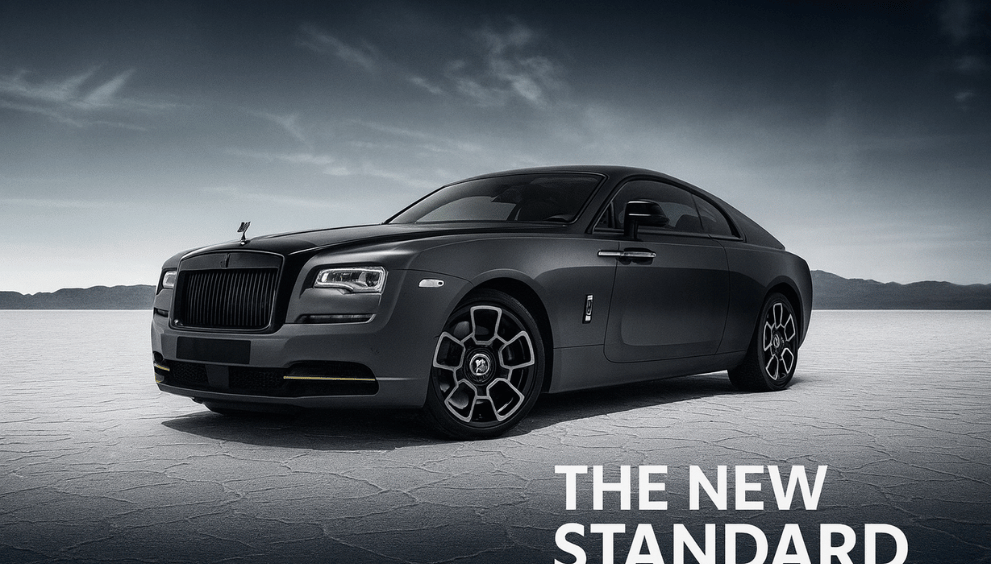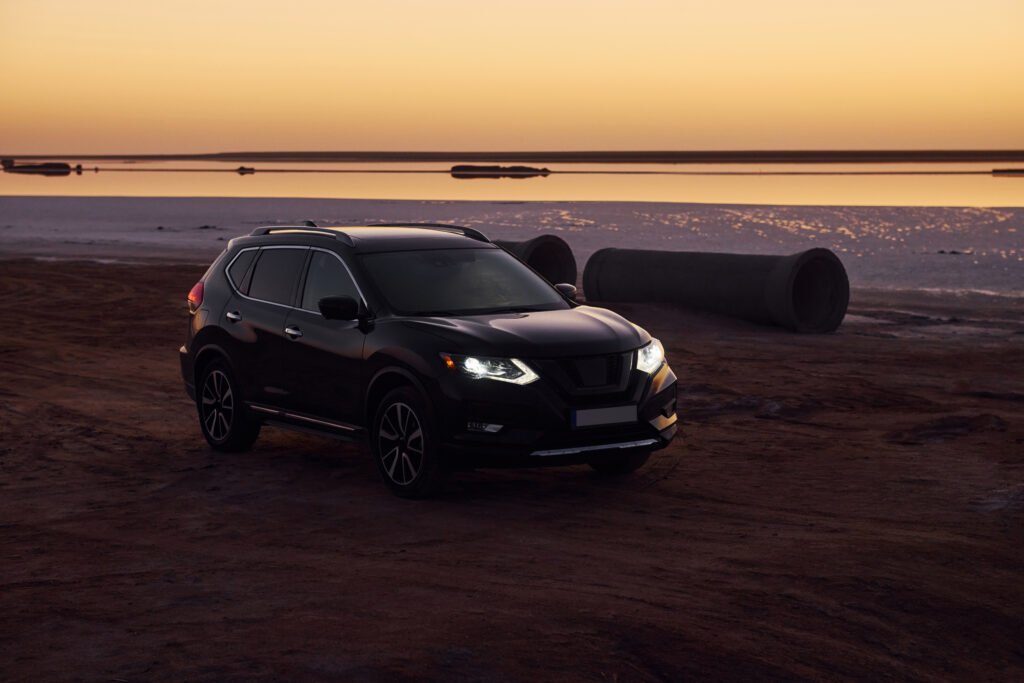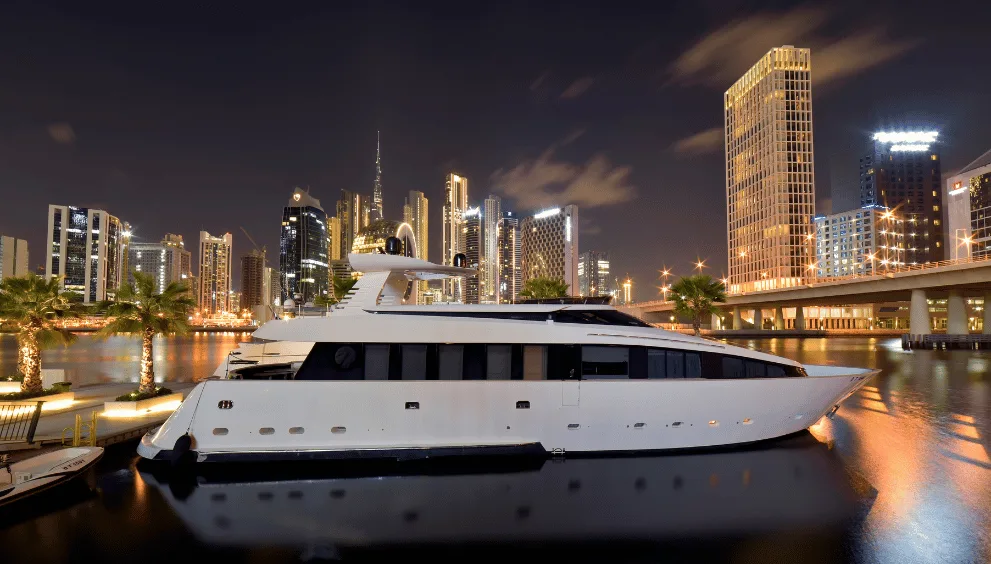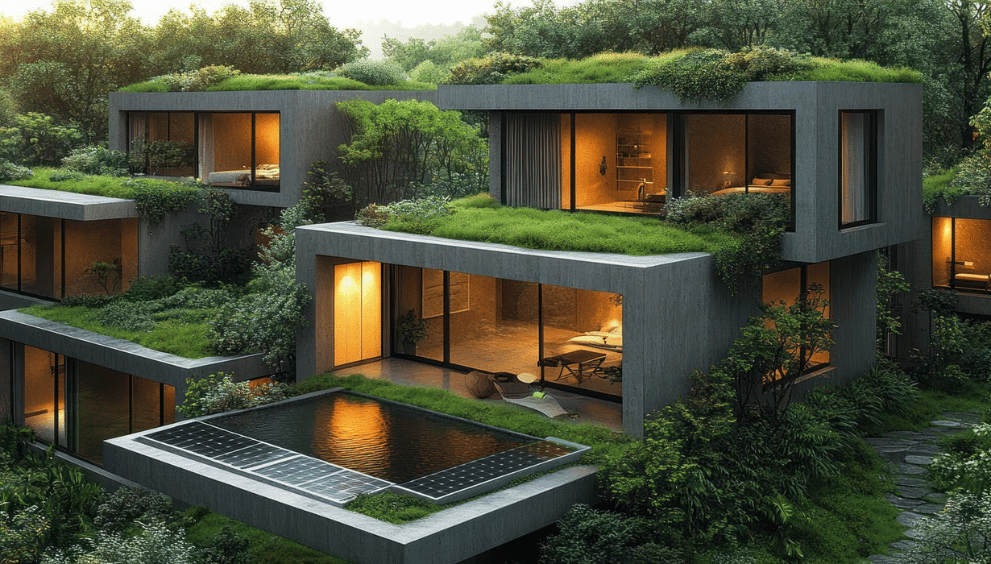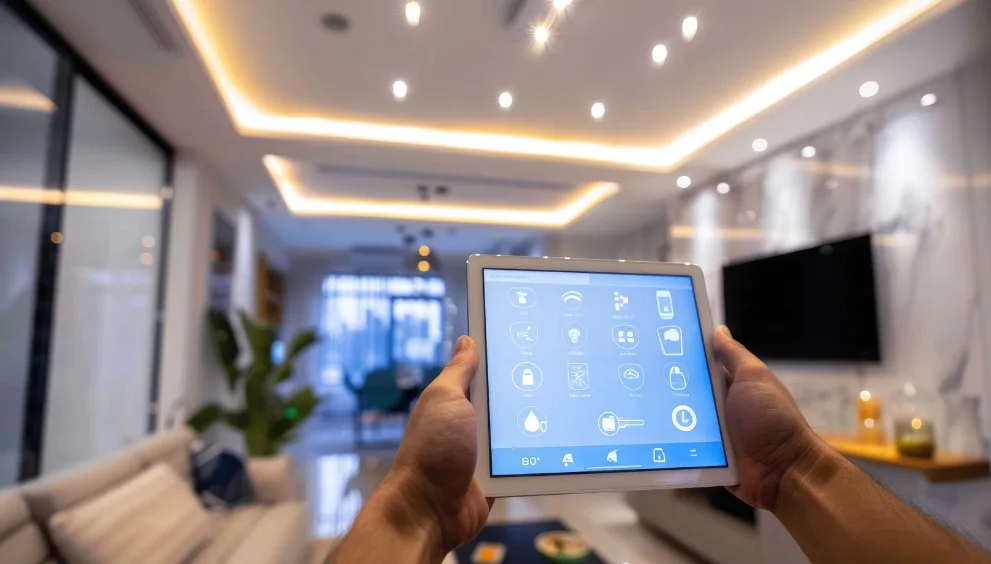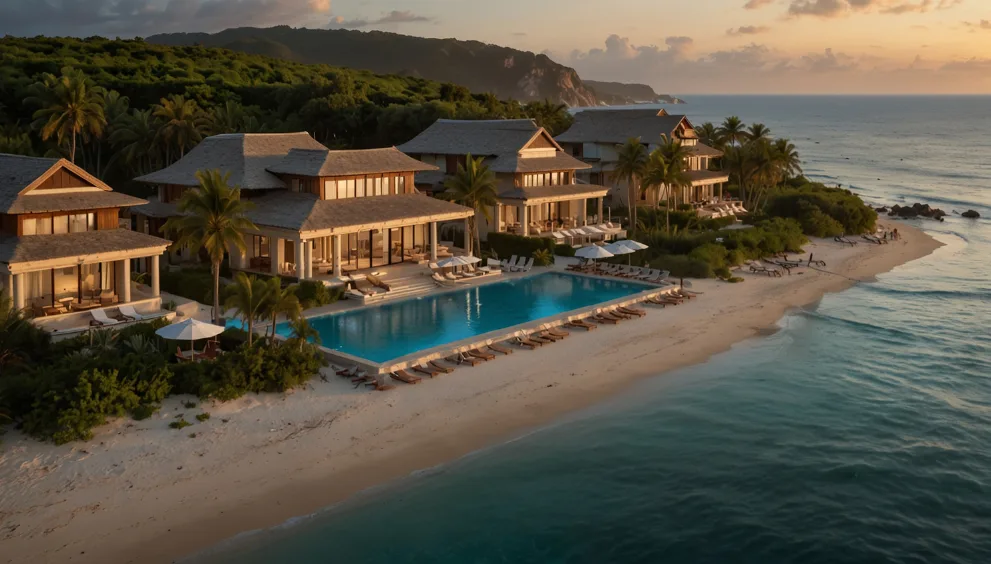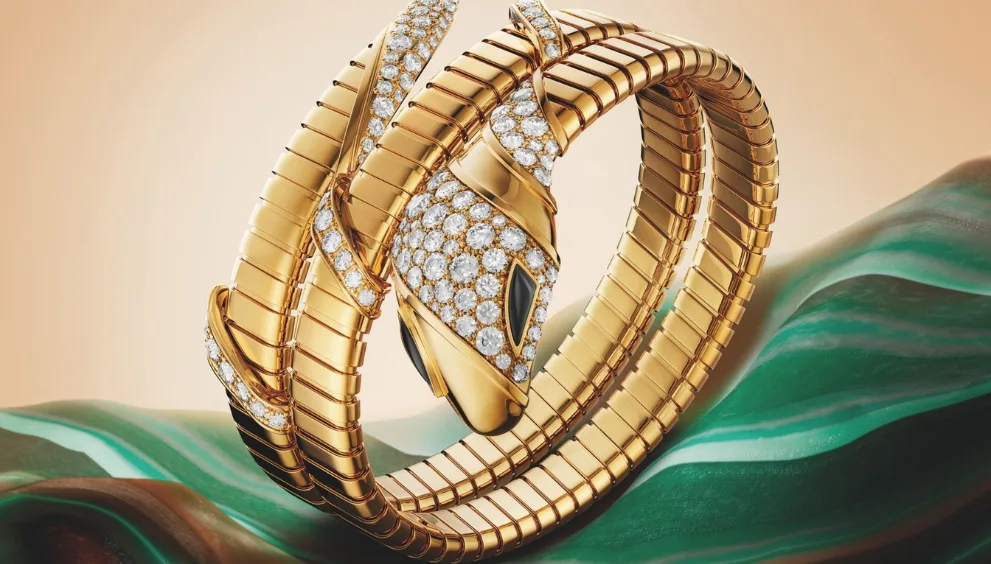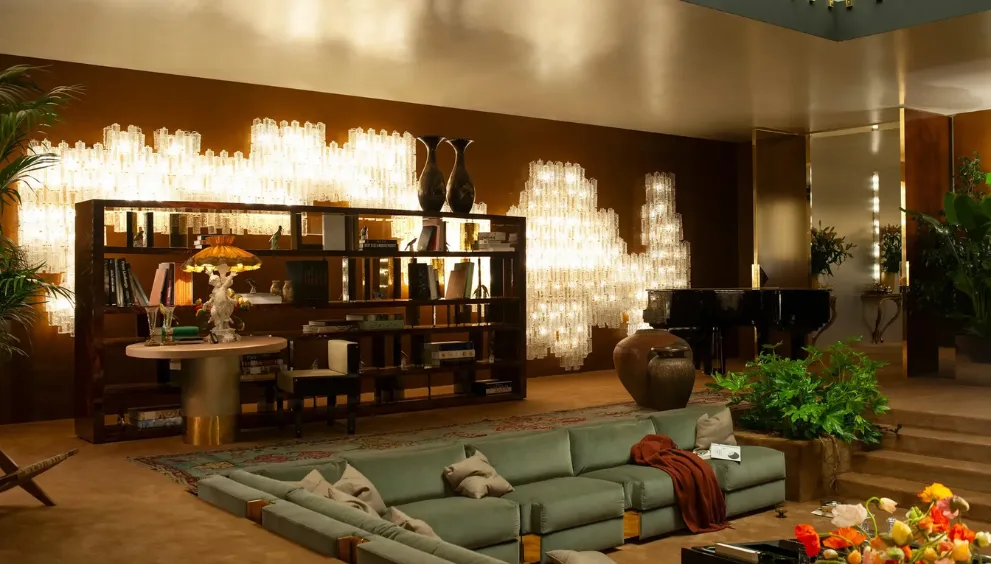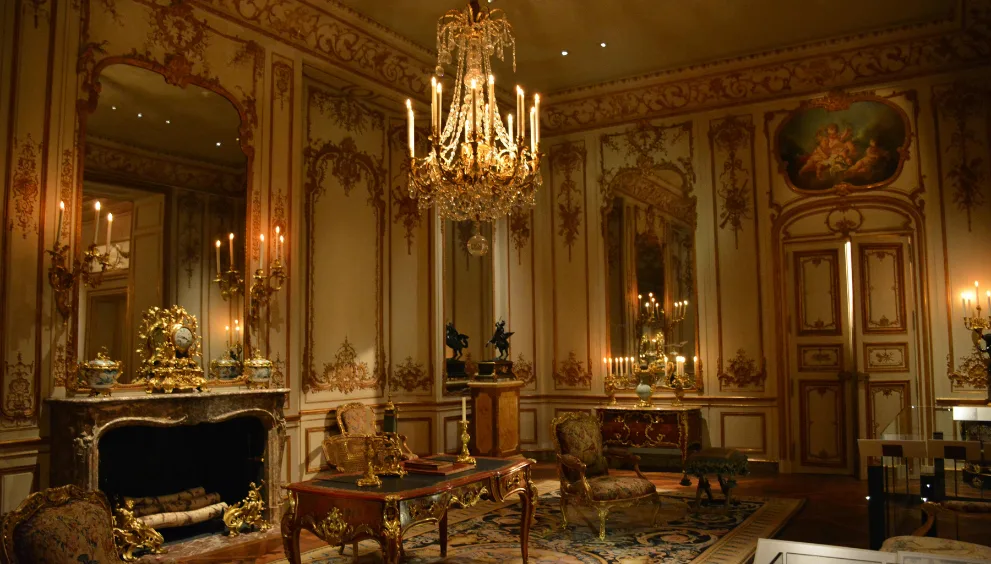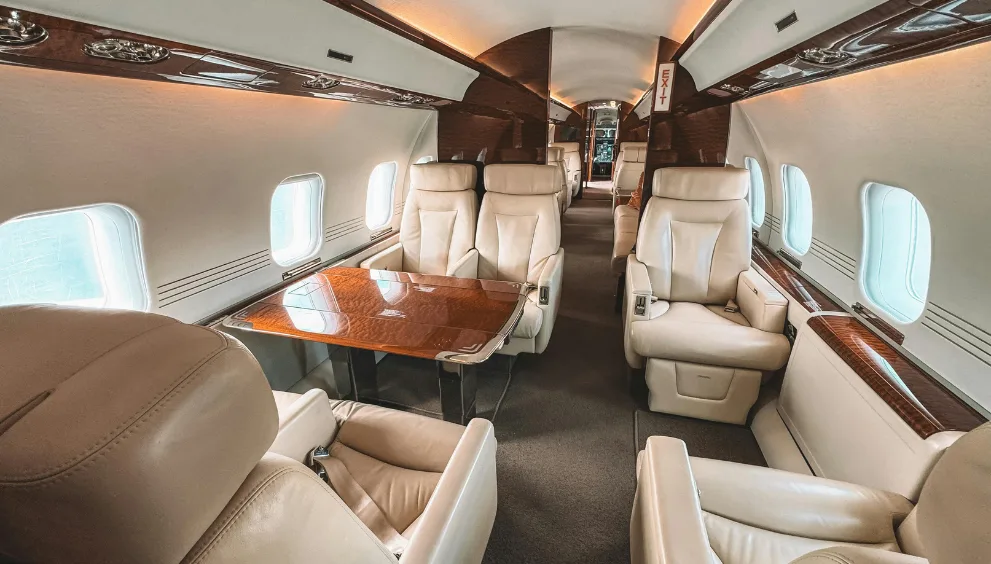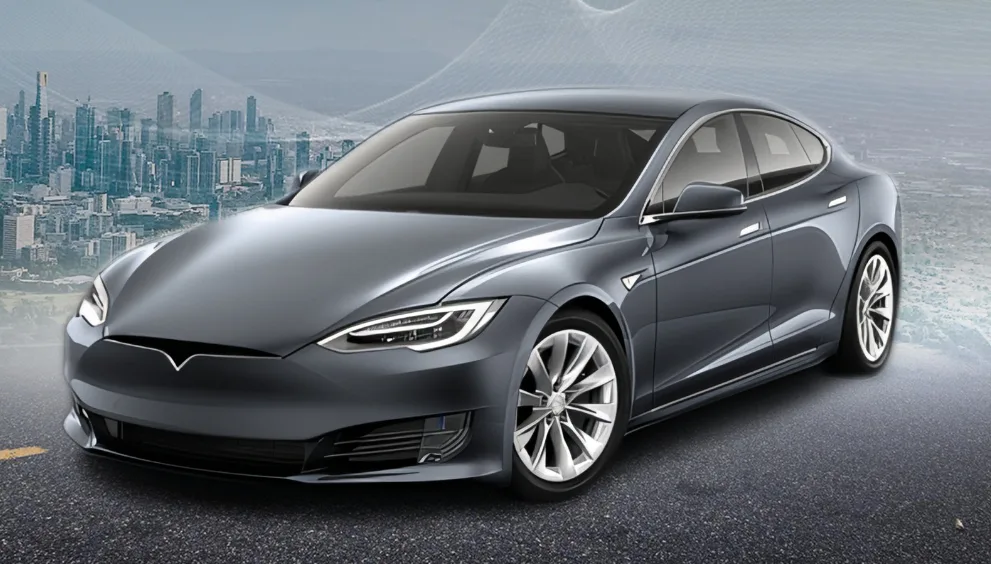Never Buy These 3 Types of ‘Luxury’ Homes – They’re Not Worth the Hype

Before buying lavish things, ask yourself- Is everything that says ‘luxury’ always smart? Not necessarily.
The global luxury housing market saw an average annual price growth of 3.2% in the final quarter of 2024, marking the strongest performance since Q1 2024 across 44 global cities. Let’s be real—luxury homes look great on Pinterest, but not every million-dollar mansion is worth its hype. Whether you are looking to buy a new mansion or invest in one it is necessary to make a profitable decision.
Luxury can be defined as something expensive, beautiful, and enjoyable at the same time. However, while looking at the first two, it is possible to overlook the enjoyable part, they may forget the comfort and user-friendly part of it.
In this post, we will look into 3 types of Luxury homes that are not worth the hype, the reasons behind them, their alternatives, and how you can wisely choose your dream luxury home! This post is not anti-luxury but instead, it will help you be a smart investor when it comes to home.
Let us initiate by knowing what exactly these luxury homes include. Every luxury home has high-end finishes, premium locations, custom architecture, and advanced amenities. Typically, the price range varies by region, but maybe $1M+ in urban markets, more in metros.
A few key features: Smart home automation, Designer interiors, Resort-style pools, Home theatres, Wine cellars, and Panoramic views. But here’s the catch — not all luxury is practical luxury. Timeless design and livability over trend is the real luxury.
The Three Types of ‘Luxury’ Homes That Just Aren’t Worth It –
- The Tech-Obsessed Smart Home – When Your House Needs a Software Update Before You Can Shower lights that turn on with a voice command, refrigerators that remind you to buy milk, facial-recognition locks, and even AI-controlled air conditioning.
But in reality? These ultra-smart homes often end up being more high-maintenance than high-tech. Plus, the more tech you have, the more things can go wrong — from software bugs to system crashes. And let’s not forget the learning curve for guests (and sometimes even homeowners) who just want to turn on a light without needing a user manual.
A smarter choice? Homes with essential smart features, like security and lighting enhance your lifestyle without making daily living feel overly complicated.
- The All-Glass Modern Box – The I-live-in-the-future vibe can cost your privacy! All clean lines, sharp angles, floor-to-ceiling windows, and that sleek, but while they photograph beautifully, living in one can be a very different experience. Those massive glass walls might let in light, but they also invite in heat, cold, and curious eyes causing privacy issues.
Not to mention the cost of heating and cooling a home that’s a giant greenhouse. And cleaning those windows? Especially with fingerprint marks everywhere. It’s a full-time job. These homes often prioritize aesthetics over practicality, making them tricky for families, pets, or anyone who values warmth and coziness.
A smarter choice? A home that blends modern design with functional living. Large windows, yes, but also smart shading, good insulation, and thoughtful layouts that balance style with comfort.
- The Tiny Luxury Home – For the minimalistic and sustainable luxury your lifestyle has to shrink to match the space. At first glance, tiny luxury homes seem like the perfect blend of minimalism and elegance. Compact living spaces outfitted with marble countertops, high-end appliances, sleek fixtures, and smart storage.
They’re often pitched as eco-conscious, clutter-free alternatives to sprawling mansions. And sure, the idea of living simply, in style, is appealing. But the reality? These homes can feel more cramped than cozy once the novelty wears off. There’s limited room to grow — literally.
Hosting guests becomes a puzzle and storage is a constant struggle. While great for solo living or weekend getaways, tiny luxury homes are rarely practical for families or anyone planning long-term living. And when it comes time to resell, their appeal is niche.
A smarter choice? opt for a space that’s not oversized or undersized, a luxury that lives well without losing comfort, without making you choose between closet space and breathing room.
3 Types of Alternative Luxury Homes That You Can Consider Instead
- The Classic – Elegant with warm natural light and a well-built home that doesn’t chase trends
- Eco-Luxury – Sustainable materials, solar panels, efficient design, high-end, and easy-to-maintain
- Well-located Ultra-Modern Houses – Semi-smart appliances and features with great neighborhoods, schools, and solid resale value.
Here is a quick summary of factors to keep in mind before you buy any luxury home–
- User-Friendly – comfort over complicated features
- Location – everyday convenience and good neighbourhood
- Sustainable – Eco-friendly is the new luxury
- Look beyond aesthetics – think of lifestyle fit and easy-to-maintain
- Long-term value – easy to sell later or it will age well
- Feels Private and homely – a sense of privacy, especially for a family.
- Talk to the homeowner – about hidden costs, quirks, and regrets.
Ask: Does this home make life easier or more complicated?
The pandemic has refocused priorities on the home as a multifunctional space, with customers now looking for larger homes built with high-end home offices, smart technology, private gardens, and wellness spaces. However, the aspects mentioned above are worth considering because a home should feel like home, not like living in a tech showroom or an art installation. A luxury home should work for you, not the other way around.



